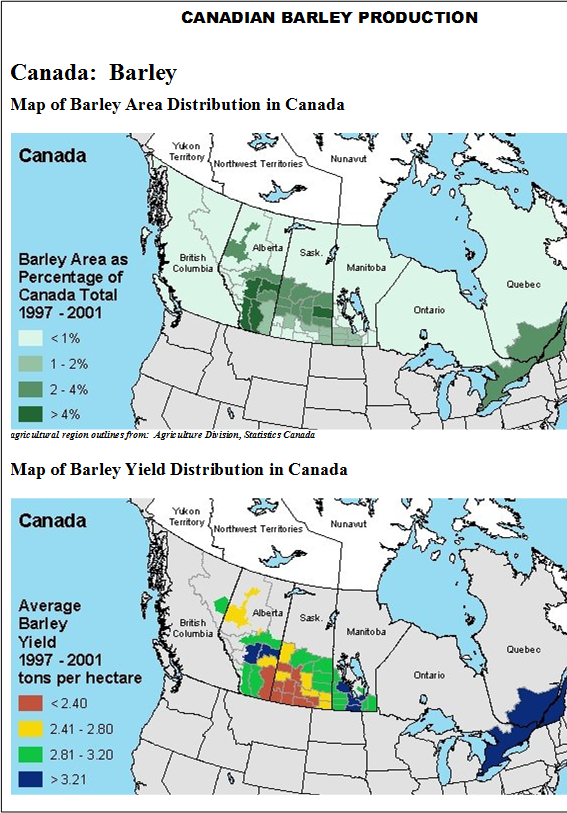The Barley Advantage
Barley's popularity as a feedstock for Ethanol is rapidly growing. Europeans countries such as Spain already produce it and recent developments signal that barley ethanol may become bigger in the United States as well, with production reaching one to two billion gallons per year. Barley is touted as an alternative option for growers in eastern and western states who find it cost prohibitive to ship corn from the Midwest. Its early maturity gives it an advantage over wheat. Besides, barley is a low-input crop that requires 30 to 40 pounds of nitrogen per acre, compared to corn, which requires 60 - 270 pounds of nitrogen per acre.
Barley is a major feedstock used in fuel ethanol plants in Europe, where corn is a rare commodity. Barley grows well in “corn deficit” areas, especially those with shorter growing seasons.
According to the EPA, when barley is used as feedstock at ethanol facilities that use natural gas for all process energy, are powered by grid electricity, and dry 100 percent of their distillers grains, the resulting fuel meets the 20 percent greenhouse gas (GHG) reduction threshold required by the RFS to qualify as a conventional renewable fuel.
Under certain process conditions, barley ethanol is able to achieve the 50 percent GHG reduction threshold, qualifying it as an advanced biofuel under the RFS.


